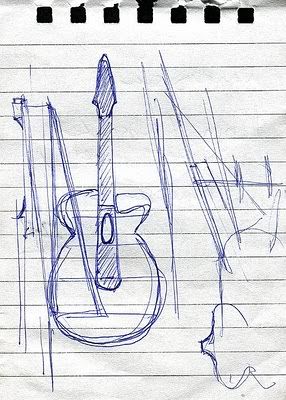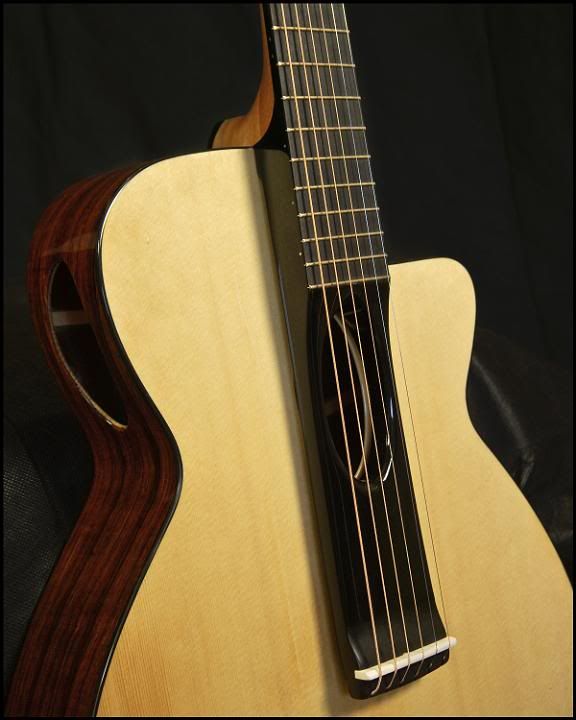I've just started a series on my blog documenting how an idea of mine developed over a few years. It may be of interest to some of you, and may inspire one or two to look again at some of your past experiments you may have considered to be a bit of a cul-de-sac. It would be interesting to see what other ideas from others the series spawns.
I shan't spoil the ending, but it's a nice little tale. Next episode in a couple of weeks!
http://nkforsterguitars.blogspot.com/20 ... dea-i.html

nigel
http://www.nkforsterguitars.com/the-book

![Thumbs Up [:Y:]](./images/smilies/smiley20.gif)
![Mad [headinwall]](./images/smilies/headbangwalluf8.gif) it's lightly braced, and am in the process of making another. Gonna spray this one.
it's lightly braced, and am in the process of making another. Gonna spray this one.
 . Ah, success at last
. Ah, success at last